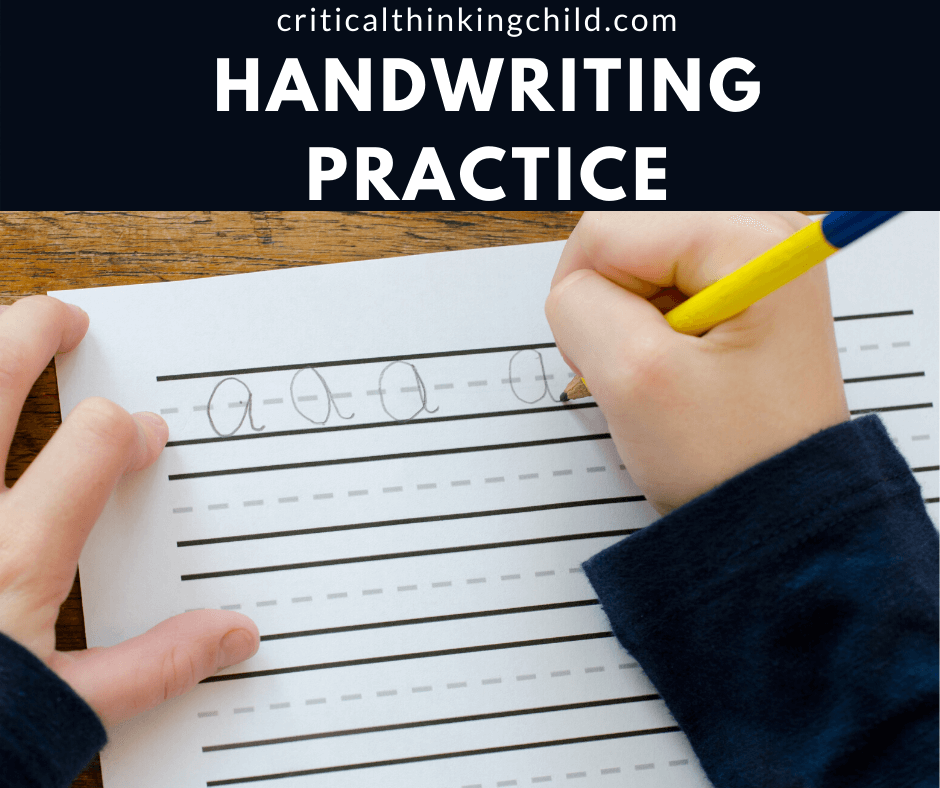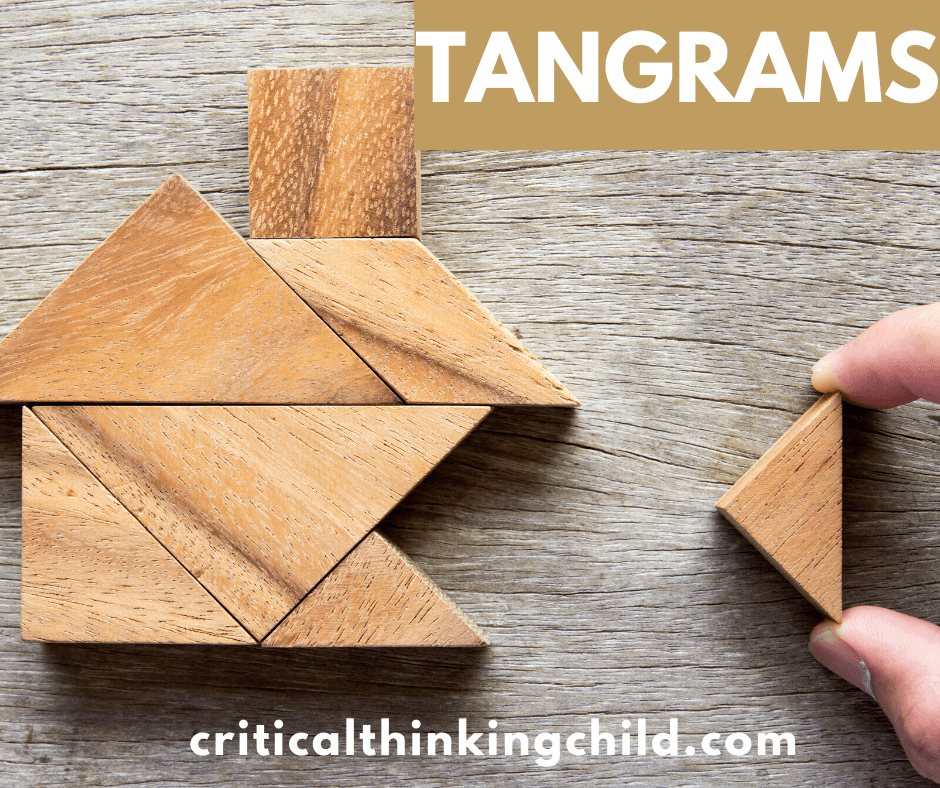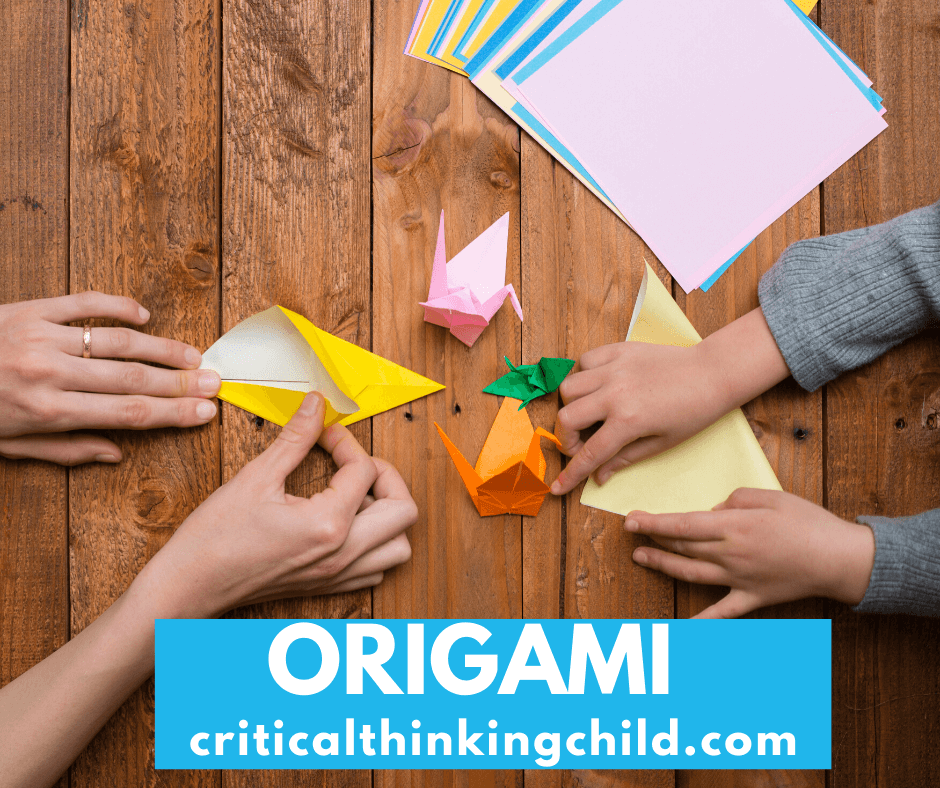With our current remote learning routines, technology is a lifesaver for most families. E-learning tools for kids are more important than ever, and can help you support your child. Even if you’re in a situation where your child has returned to a physical classroom, these activities will help augment their learning in a fun, play-based way. Technology is vital right now, but it’s also important for kids to find balance between on-screen and off-screen time.
Luckily, there are tons of simple, screen-free activities that your kids can complete with your support or independently (so you can get your own work done!). These activities focus on creativity and spatial reasoning, to make sure your kids continue developing important critical thinking skills away from the screen.
[affiliate links may apply]
While some of these activities may require your support at first, especially for younger children, they should be able to take over independently before long.
Handwriting Practice
This may sound dry, but there are tons of fun ways for kids to work on their handwriting during remote learning! Even better, handwriting practice helps develop both fine motor skills and spatial awareness.
Make it special by letting your kids use special markers or pens they don’t usually get to use. Try “rainbow writing,” where kids choose 3 colors of crayon or colored pencil and practice tracing letters on top of each other so they look like rainbows. If you have a sand table or sandbox in your backyard, get a thin layer of sand and let your child write in the sand using their finger or a stick.
If you’re feeling ambitious during your screen-free activity time, you could even spread shaving cream on a table and let your child practice writing with their fingers in it for a novel and fun activity.
Puzzle Play
Puzzles are a great way to build spatial thinking and logical reasoning. They use both left- and right-brained thinking and help with your child’s development.
Tangram puzzles, like those we’ve designed for our own academic boot camp students, are designed specifically to help your child develop their critical thinking skills.
In addition, jigsaw puzzles are a fun and engaging way to practice spatial awareness that doesn’t require any work on your part—just find an empty table and let your child go! For older kids, crossword puzzles are a great way to improve vocabulary and logical reasoning. There are many crossword books and jigsaw puzzles available for purchase online, and you can even make your own crossword puzzles that integrate the words your child is learning right now to support with education from home.
Play Dough
Play Dough provides your child with a classic screen-free activity kids have been enjoying for decades! You probably have some play dough laying around the house, but if not, here’s a recipe to make your own. You can use different food colorings to make it even more fun, adding the whole rainbow to the mix. After that, you can let your kids’ imaginations run wild! Give them a rolling pin and some cookie cutters and see what they come up with.
Even better, you can pair play dough with learning mats to help your child learn important concepts, like cyber security (even more valuable right now, when screen time is more common!).
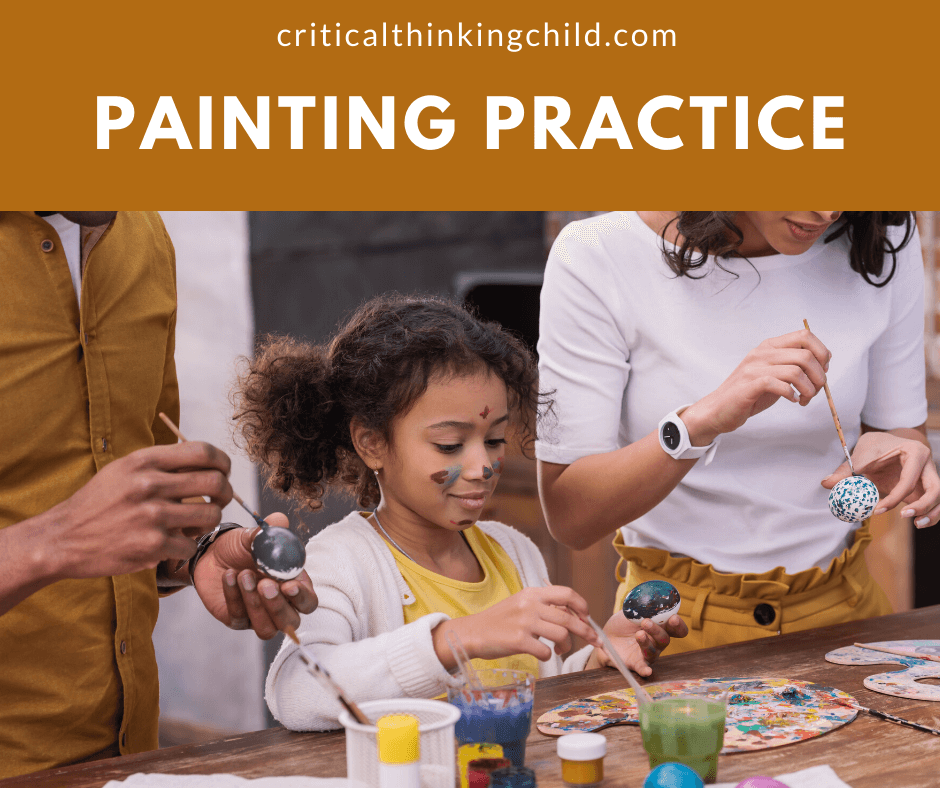
Painting
This is a particularly fun activity if you have a creative learner! From finger paints to watercolors, painting helps children bring their imagination to life. To minimize the mess factor that comes with painting, set your kids up in the backyard (if the weather allows), so you don’t have to worry about spills in the house. Alternatively, put down an old sheet to protect surfaces.
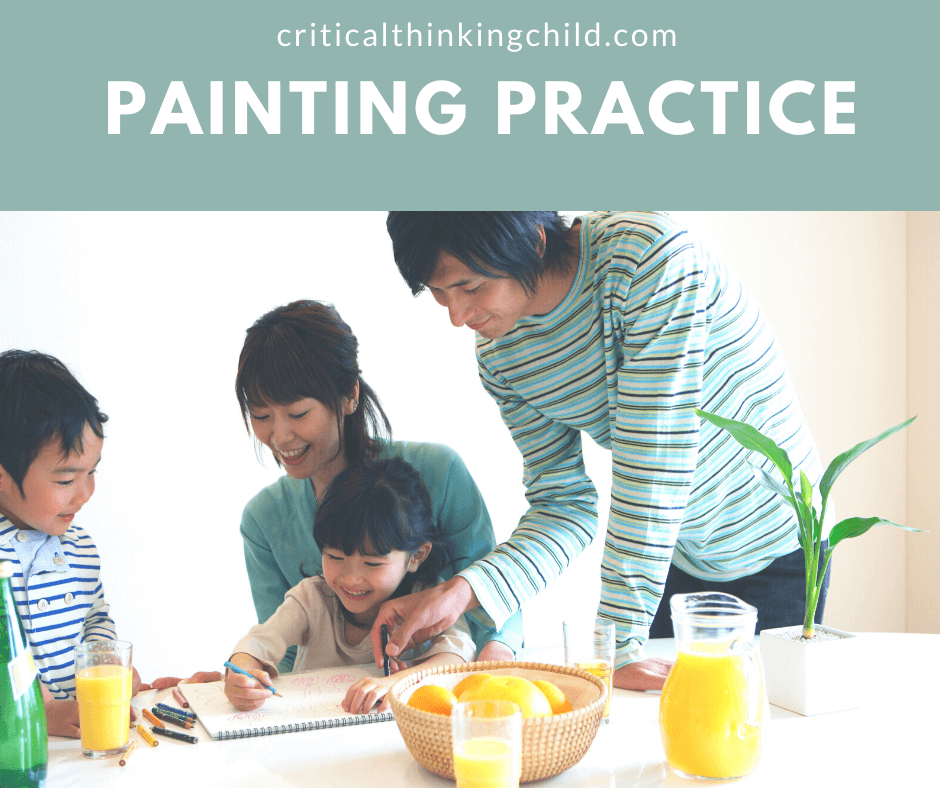
For kids who are nervous about freestyle painting, there are plenty of paint by number books available to get them started. In some cities, art supply shops are selling takeout paint kits complete with paints, brushes, and canvases, so check around and see if shopping local is an option in your area.
Legos or Blocks
Legos and blocks are endlessly fun for kids, but also build spatial thinking skills at the same time. They’re a great way to play with shapes and help your child develop new vocabulary around where objects are in space. Legos and blocks are great tools here. Try giving your child a challenge, like building an underwater town or a new type of skyscraper. See what they come up with and ask them to explain their decision-making process!
Origami
Just like legos and puzzles, origami is a great way to improve visual spatial skills and fine motor skills. You’ll just need to get your child started with several pieces of square paper and some directions. Again, there are a variety of origami books that teach kids how to make anything from flowers and zoo animals to spaceships. If you’re looking for some free options, this website has more than 70 different ideas.
Audio Books
Exploring literature through audio books is a great way for kids to keep their minds and imaginations engaged while building crucial communications skills. The popular audio book platform Audible is offering their children’s collection, Audible Stories, for free as long as schools are closed. This incredible collection includes classics as well as contemporary works that will keep kids entertained and immersed.
Creating Balance with Screen-Free Activities
Remote learning doesn’t have to be exclusively online. We understand that even with everyone working and learning from home, life can get busy! Screen-free activities can be as simple as setting up a space with some art supplies and letting your child use their imagination. Have fun with it, and enjoy the opportunity to get your own work done, as well as see your kids explore their own creativity.


